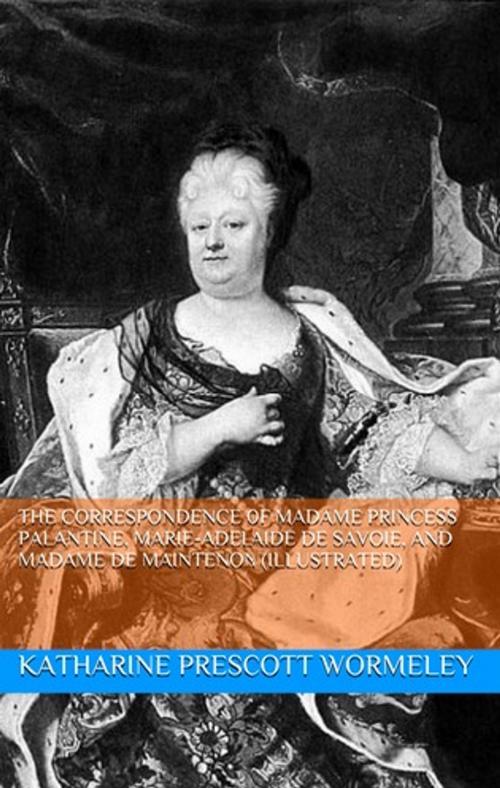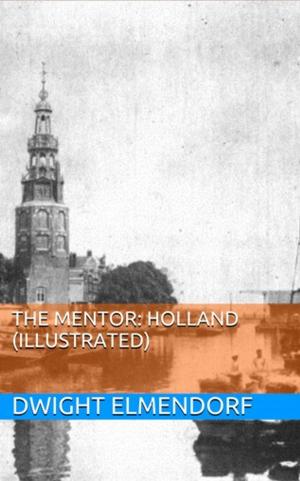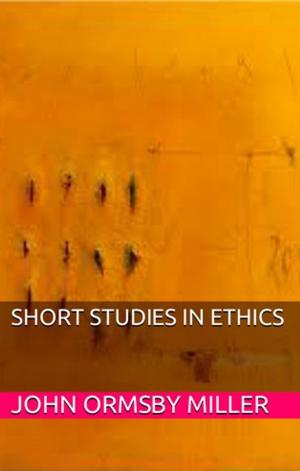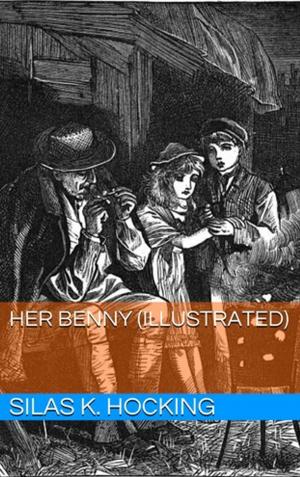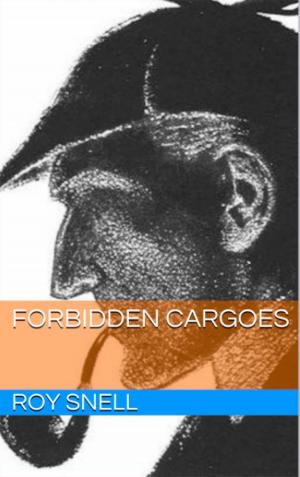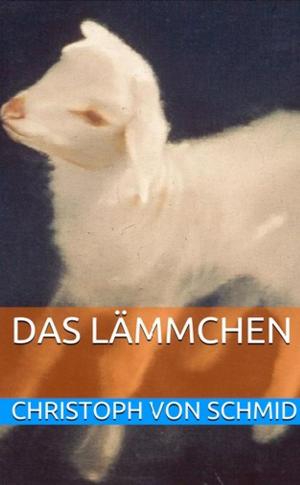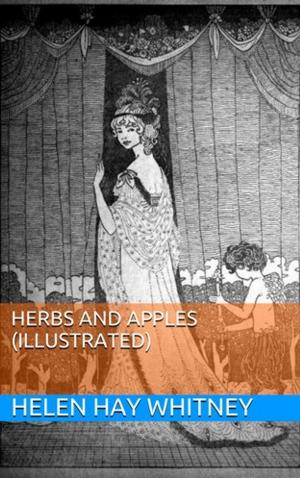The Correspondence of Madame Princess Palantine, Marie-Adelaide De Savoie, and Madame De Maintenon (Illustrated)
Nonfiction, History, European General, Fiction & Literature, Essays & Letters, Essays| Author: | Katharine Prescott Wormeley | ISBN: | 1230000154434 |
| Publisher: | Lost Leaf Publications | Publication: | July 24, 2013 |
| Imprint: | Language: | English |
| Author: | Katharine Prescott Wormeley |
| ISBN: | 1230000154434 |
| Publisher: | Lost Leaf Publications |
| Publication: | July 24, 2013 |
| Imprint: | |
| Language: | English |
Contents:
Introduction by C.-A. Sainte-Beuve 1
Translator’s Note 35
CORRESPONDENCE OF MADAME:
I. Letters of 1695-1714 39
II. Letters of 1714-1716 64
III. Letters of 1717-1718 94
IV. Letters of 1718-1719 124
V. Letters of 1720-1722 153
CORRESPONDENCE OF MARIE-ADÉLAÏDE DE SAVOIE:
VI. Letters of the Duchesse de Bourgogne 182
CORRESPONDENCE OF MADAME DE MAINTENON:
VII. Mme. de Maintenon and Saint-Cyr 216
VIII. Letters to the Dames de Saint-Cyr and Others
Others 236
IX. Conversations and Instructions of Mme. de
Maintenon at Saint-Cyr 268
X. Mme. de Maintenon’s Description of her Life
at Court; with a Few Miscellaneous Letters 300
CORRESPONDENCE OF MADAME,
ÉLISABETH-CHARLOTTE, PRINCESS PALATINE,
MOTHER OF THE REGENT.
INTRODUCTION BY C.-A. SAINTE-BEUVE.
“I am very frank and very natural, and I say all that I have in my heart.” That is the motto that ought to be placed upon the correspondence of Madame, which was chiefly written in German and published from time to time in voluminous extracts at Strasburg and beyond the Rhine. This correspondence, translated by fragments, was made into a volume and called, very improperly, the “Memoirs of Madame.” Coming after other memoirs of the celebrated women of the great century, it ran singularly counter to them in tone, and caused great surprise. Now that the Memoirs of Saint-Simon have been published in full, I will not say that the pages of the chronicle we owe to Madame have paled, but they have ceased to astonish. They are now recognized as good, naïve pictures, somewhat forced in colour, rather coarse in feature, exaggerated and grimacing at times, but on the whole good likenesses. The right method for judging of Madame’s correspondence, and thus of gaining insight to the history of that period, is to see how Madame wrote, and in what spirit; also what she herself was by nature and by education. For this purpose the letters published [Pg 2] by M. Menzel in German, and translated by M. Brunet, are of great assistance to a knowledge of this singular and original personage; to understand her properly it is not too much to say that Germany and France must be combined.
Élisabeth-Charlotte, who married in 1671 Monsieur, brother of Louis XIV., was born at Heidelberg in 1652. Her father, Charles-Louis, was that Elector of the Palatinate who was restored to his States by the Peace of Westphalia. From childhood Élisabeth-Charlotte was noted for her lively mind, and her frank, open, vigorous nature. Domestic peace had never reigned about the hearth of the Elector-Palatine; he had a mistress, whom he married by the left hand, and the mother of Élisabeth-Charlotte is accused of having caused the separation by her crabbed temper. The young girl was confided to the care of her aunt Sophia, Electress of Hanover, a person of merit, for whom she always retained the feelings and gratitude of a loving daughter. To her she addressed her longest and most confidential letters, which would certainly surpass in interest those that are published, but M. Menzel states that it is not known what became of them. All that part of the life and youth of Madame would be curious and very useful to recover. “I was too old,” she says, “when I came to France to change my character; the foundations were laid.” While subjecting herself with courage and resolution to the duties of her new position she kept her German tastes; she confesses them and proclaims them before all Versailles and all Marly; and the Court, then the arbiter of Europe, to which it set the tone, would certainly have been shocked if it had not preferred to smile.
Contents:
Introduction by C.-A. Sainte-Beuve 1
Translator’s Note 35
CORRESPONDENCE OF MADAME:
I. Letters of 1695-1714 39
II. Letters of 1714-1716 64
III. Letters of 1717-1718 94
IV. Letters of 1718-1719 124
V. Letters of 1720-1722 153
CORRESPONDENCE OF MARIE-ADÉLAÏDE DE SAVOIE:
VI. Letters of the Duchesse de Bourgogne 182
CORRESPONDENCE OF MADAME DE MAINTENON:
VII. Mme. de Maintenon and Saint-Cyr 216
VIII. Letters to the Dames de Saint-Cyr and Others
Others 236
IX. Conversations and Instructions of Mme. de
Maintenon at Saint-Cyr 268
X. Mme. de Maintenon’s Description of her Life
at Court; with a Few Miscellaneous Letters 300
CORRESPONDENCE OF MADAME,
ÉLISABETH-CHARLOTTE, PRINCESS PALATINE,
MOTHER OF THE REGENT.
INTRODUCTION BY C.-A. SAINTE-BEUVE.
“I am very frank and very natural, and I say all that I have in my heart.” That is the motto that ought to be placed upon the correspondence of Madame, which was chiefly written in German and published from time to time in voluminous extracts at Strasburg and beyond the Rhine. This correspondence, translated by fragments, was made into a volume and called, very improperly, the “Memoirs of Madame.” Coming after other memoirs of the celebrated women of the great century, it ran singularly counter to them in tone, and caused great surprise. Now that the Memoirs of Saint-Simon have been published in full, I will not say that the pages of the chronicle we owe to Madame have paled, but they have ceased to astonish. They are now recognized as good, naïve pictures, somewhat forced in colour, rather coarse in feature, exaggerated and grimacing at times, but on the whole good likenesses. The right method for judging of Madame’s correspondence, and thus of gaining insight to the history of that period, is to see how Madame wrote, and in what spirit; also what she herself was by nature and by education. For this purpose the letters published [Pg 2] by M. Menzel in German, and translated by M. Brunet, are of great assistance to a knowledge of this singular and original personage; to understand her properly it is not too much to say that Germany and France must be combined.
Élisabeth-Charlotte, who married in 1671 Monsieur, brother of Louis XIV., was born at Heidelberg in 1652. Her father, Charles-Louis, was that Elector of the Palatinate who was restored to his States by the Peace of Westphalia. From childhood Élisabeth-Charlotte was noted for her lively mind, and her frank, open, vigorous nature. Domestic peace had never reigned about the hearth of the Elector-Palatine; he had a mistress, whom he married by the left hand, and the mother of Élisabeth-Charlotte is accused of having caused the separation by her crabbed temper. The young girl was confided to the care of her aunt Sophia, Electress of Hanover, a person of merit, for whom she always retained the feelings and gratitude of a loving daughter. To her she addressed her longest and most confidential letters, which would certainly surpass in interest those that are published, but M. Menzel states that it is not known what became of them. All that part of the life and youth of Madame would be curious and very useful to recover. “I was too old,” she says, “when I came to France to change my character; the foundations were laid.” While subjecting herself with courage and resolution to the duties of her new position she kept her German tastes; she confesses them and proclaims them before all Versailles and all Marly; and the Court, then the arbiter of Europe, to which it set the tone, would certainly have been shocked if it had not preferred to smile.
